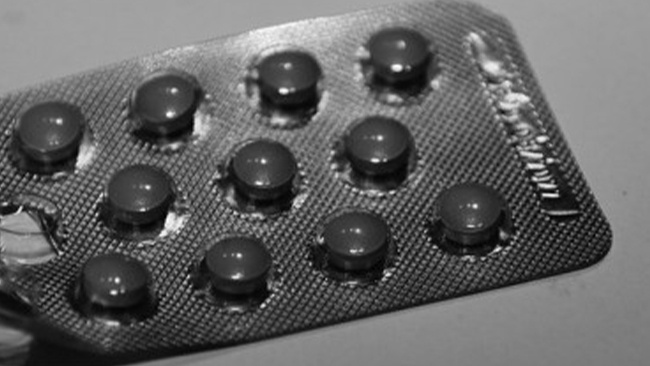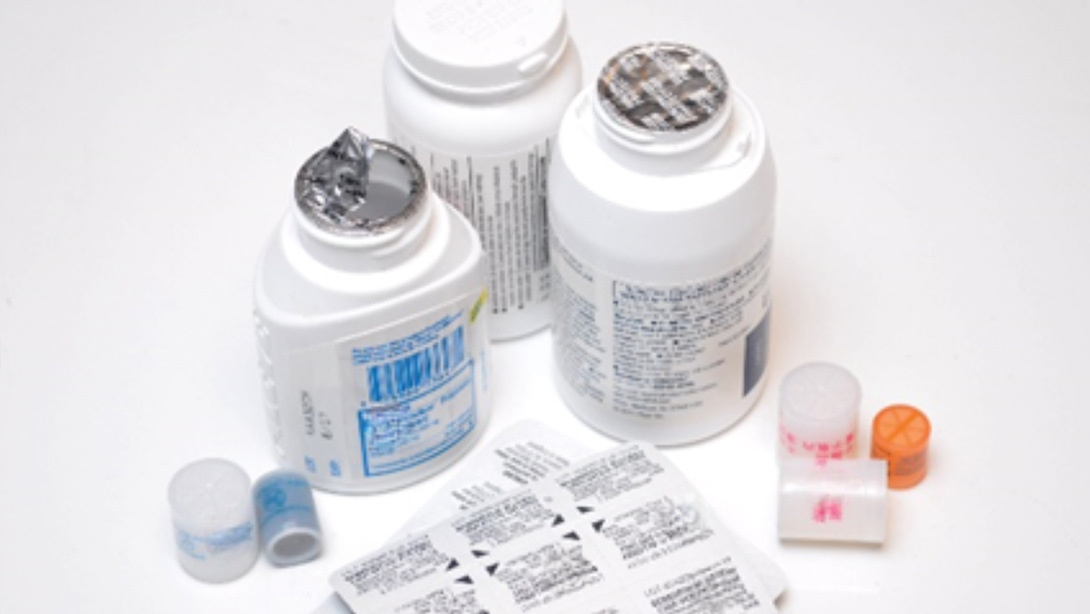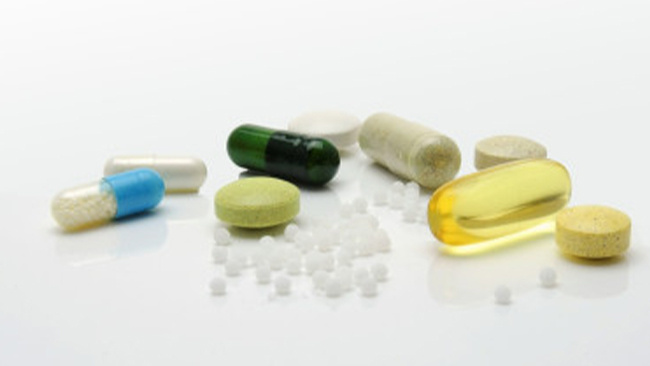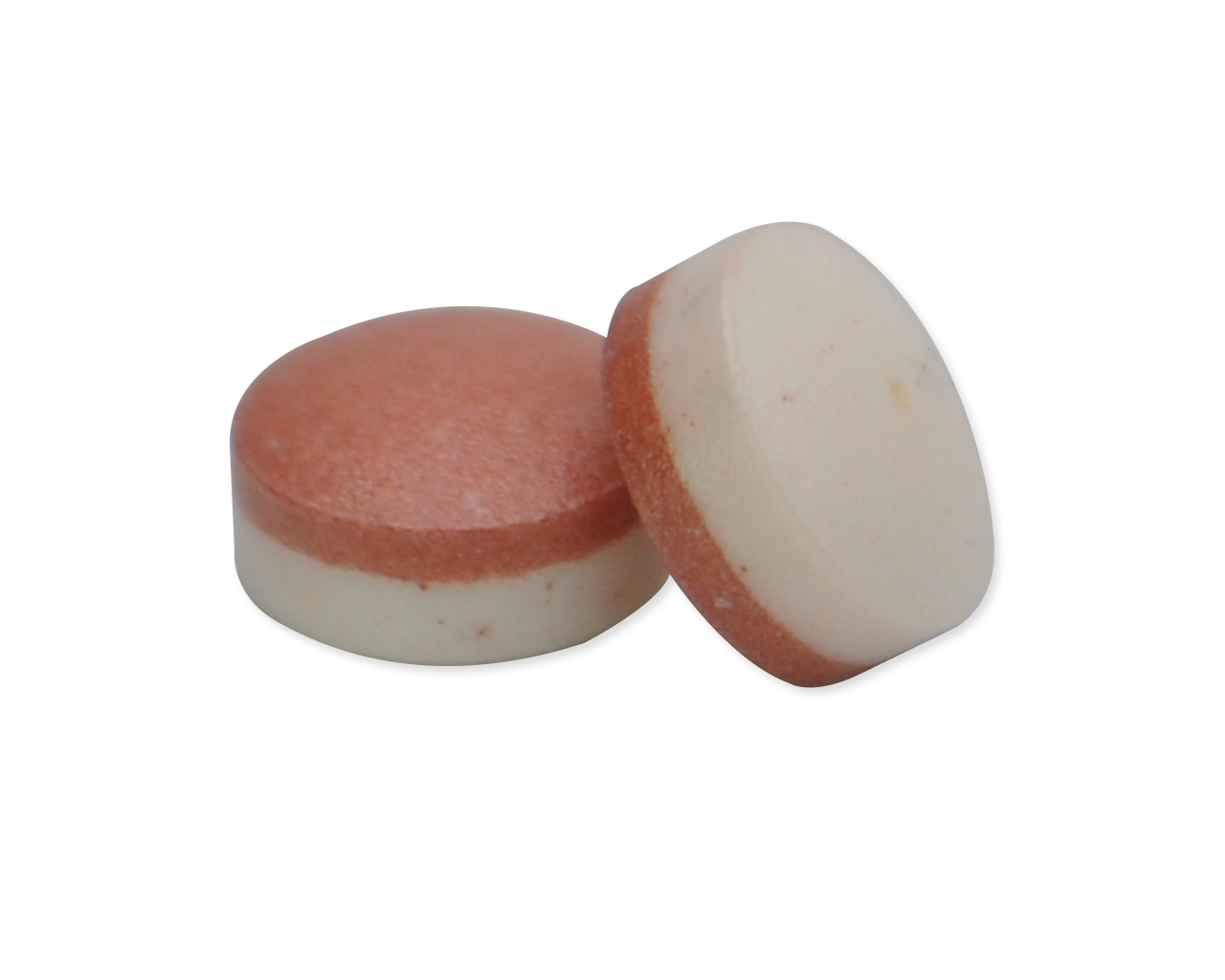Future Innovations in Blister Packaging

In the pharmaceutical industry, blister packaging is not just evolving; it's transforming how medications are protected, presented, and dispensed. There are many exciting things the industry can do with this unique form of packaging.
This article explores the future of blister packaging, diving into upcoming advancements that promise to enhance patient safety, environmental sustainability, and incorporate cutting-edge technology. From smart features to sophisticated inks, the blister packaging of tomorrow is poised to redefine the standards of pharmaceutical packaging.
Read more:
- Blister Packaging: Environment, Sustainability, and Materials
- How Pharmaceutical Blister Packs Protect Medicines & Enhance Patient Safety
Blister Packaging Innovations in the Works
The future of blister packaging in the pharmaceutical industry is poised to see significant advancements, focusing on enhancing patient safety and integrating smart technologies. Some of the anticipated features include:
- Smart Technology Integration: Embedding sensors or chips to monitor drug usage or expiry, enabling better patient adherence and reducing waste.
- Child-Resistant Features: Incorporating mechanisms that make it difficult for children to access the medication, enhancing safety without compromising ease of use for adults.
- Senior-Friendly Design: Adapting blister packs to be easily opened by elderly patients, considering their physical limitations.
- Biodegradable Materials: Developing environmentally friendly materials that decompose more quickly, reducing long-term waste.
- Customizable Dosage Tracking: Implementing digital tools or indicators for patients to easily track their medication schedule.
These innovations aim to address the growing needs for patient safety, environmental sustainability, and technological integration in pharmaceutical packaging.
Modern Innovations in Blister Packaging Ink
The advancement in blister packaging technology has brought forth inks that elevate the functionality and effectiveness of these packs. Modern blister packaging inks boast a range of attributes that are pivotal in the pharmaceutical industry. Key characteristics include:
- Slow Drying and Low Viscosity: These inks facilitate smoother, more efficient application during the packaging process, ensuring high-quality prints without compromising the speed of production.
- Water Reducibility: Being water-reducible, these inks align with environmental concerns, reducing the reliance on harmful solvents.
- Stronger Printed Colors: Enhanced color vibrancy not only improves the aesthetic appeal of the packaging but also aids in better brand differentiation and product identification.
- Improved Scanability of Barcodes: With the growing need for traceability and authentication in pharmaceuticals, these inks enhance barcode readability, essential for inventory management and patient safety.
- Compatibility with Existing Printing Equipment: The ability to use these inks on standard in-line printers without requiring significant modifications ensures easy integration into current manufacturing processes.
These innovative features contribute significantly to the overall effectiveness and efficiency of blister packaging in the pharmaceutical industry, representing a leap forward in packaging technology.
Enhanced Sustainability and Recycling Initiatives
As environmental consciousness grows, the pharmaceutical packaging industry is increasingly focused on sustainable practices. Future innovations in blister packaging are expected to significantly boost recycling initiatives and reduce environmental impact.
This could include the development of mono-material blister packs, which simplify the recycling process by using a single type of recyclable material. Additionally, there's a growing emphasis on utilizing post-consumer recycled materials in the production of new blister packs.
Research is also underway to improve the recyclability of blister packaging materials, making them more compatible with existing recycling infrastructures. These initiatives not only align with global sustainability goals but also respond to the rising consumer demand for environmentally responsible packaging solutions.
Closing Thoughts
The horizon of blister packaging innovation shines bright with promises of enhanced functionality, sustainability, and patient-centric design. The integration of smart technology, advanced inks, and sustainable practices reflects a comprehensive approach to meeting the diverse needs of patients, manufacturers, and the planet.
This evolution in blister packaging is not just a leap in pharmaceutical packaging but a stride towards a future where health care and environmental care go hand in hand. As these innovations unfold, they are set to revolutionize the way medications are packaged, delivered, and experienced.



